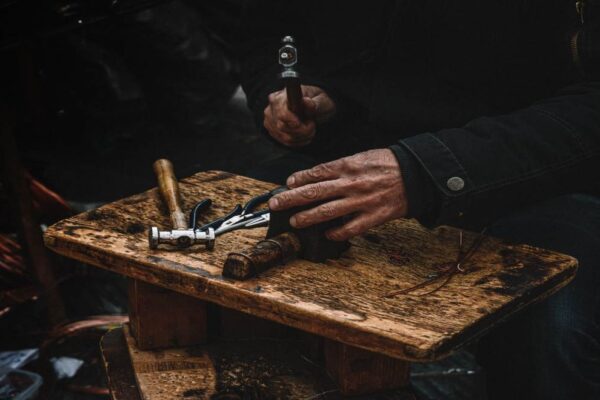We can assist you with mold removal if you’re ready. We’ll show you how to spot the mold and how to get rid of it permanently.
Not only does mold on your interior walls look bad, but it can also put your family’s health in danger. Its presence can also signal a more serious issue in your home, such as water infiltration, depending on the quantity and location. It can harm your home and cause health issues in addition to having an unpleasant smell and appearance.
Now, it is time to remove mold in your house.
How to Get Rid of Mold on Walls?
Mold on walls is typically simple to remove on your own as long as it only affects a small area. You can use a variety of everyday items. Options that are well-liked and efficient include hydrogen peroxide, borax, vinegar, baking soda, tea tree oil, and bleach.
It could be dangerous to remove the mold yourself, though if it has grown severely and extensively on your walls. To remove mold from your home safely and effectively, we suggest that you get in touch with a mold removal specialist.
- Time: 45 minutes.
- Difficulty: Intermediate.
Identify the Cause of the Mold
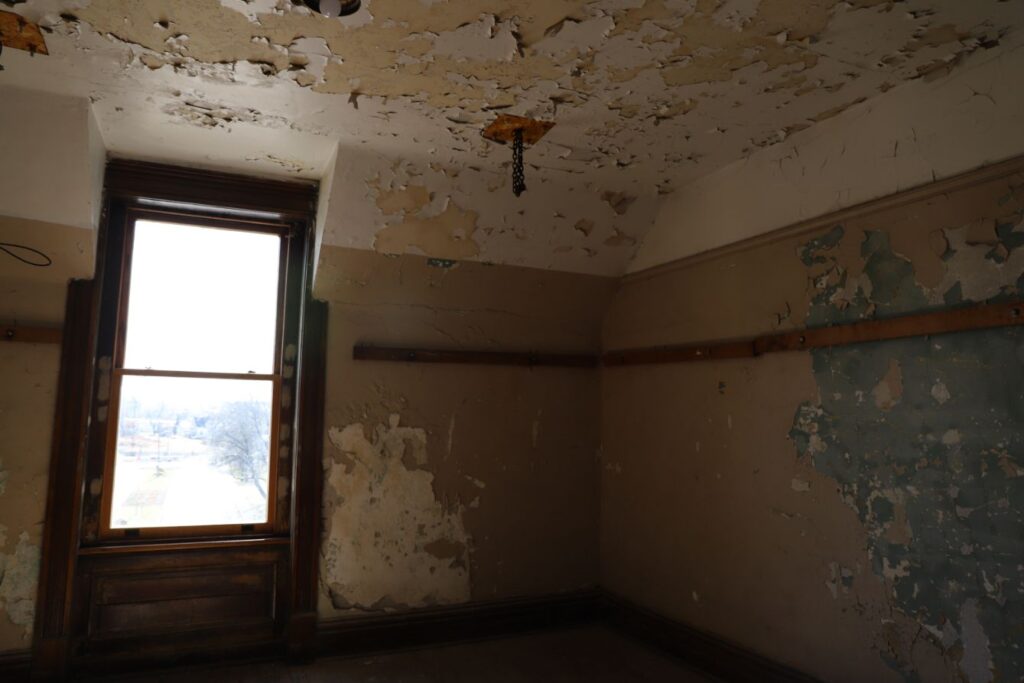
The first and most crucial step in removing mold from walls is this. To prevent mold from coming back, you must determine the problem’s root cause and fix it.
This entails managing moisture levels in your home and repairing any leaks or other sources of water damage that may have contributed to the growth of mold.
Prepare Your Room and Clean the Walls
Wearing protective gear is advised before cleaning or treating the wall with any product. You can avoid being exposed to mold by wearing safety glasses, rubber gloves, and a mask. While removing the mold, you should also make sure to leave the windows and doors open.
Clear the area before you begin to remove the mold from the walls. From the impacted area, remove all furniture, textiles, and electrical devices. Put plastic sheets on the floor to protect it.
To clean the affected area and get rid of any dirt, dampen a sponge with dishwashing liquid.
Remove the Mold
It’s probably on the surface if you see any small mold patches on painted interior walls. Using common household items, this should be fairly simple to remove. White vinegar, baking soda, borax, and tea tree oil are a few alternatives.
Do the mold patches on a non-porous (painted or sealed) will only cover a small area? Then, as a first step, we advise you to try a natural mold remover.
But what if mold growth is widespread? Or is it possible that the mold cannot be sufficiently eliminated by using natural remedies? Use a stronger chemical cleaner in this situation if you can. This is available from home improvement stores or online.
Mold doesn’t just grow on the surface of walls made of porous materials like cement, concrete, or stone. Additionally, it frequently spreads internally.
Therefore, the best remedy for mold on a porous (unsealed) wall is a mixture of hydrogen peroxide and distilled white vinegar.
Borax
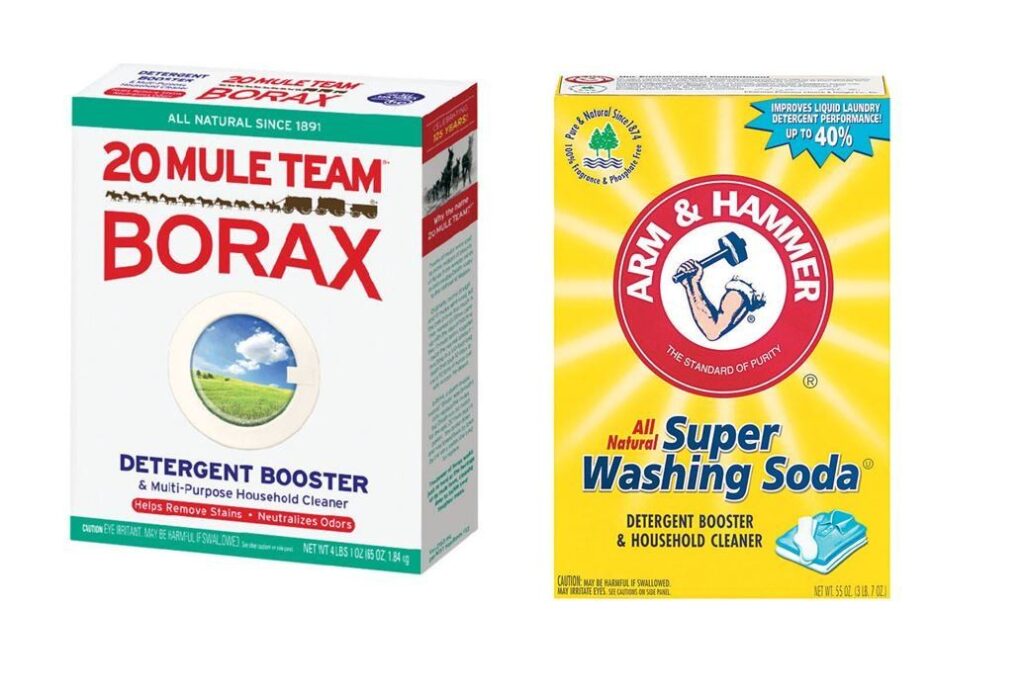
One gallon of hot water and one cup of borax should be combined in a container. To dissolve the borax, cover the container and vigorously shake. Use a spray bottle to apply the solution to the affected area.
With a brush, remove any mold from the wall before cleaning it. No need to rinse off the solution; just let it dry. If you have addressed the mold problem’s root cause, the borax will aid in preventing the mold from coming back.
Vinegar and Baking Soda
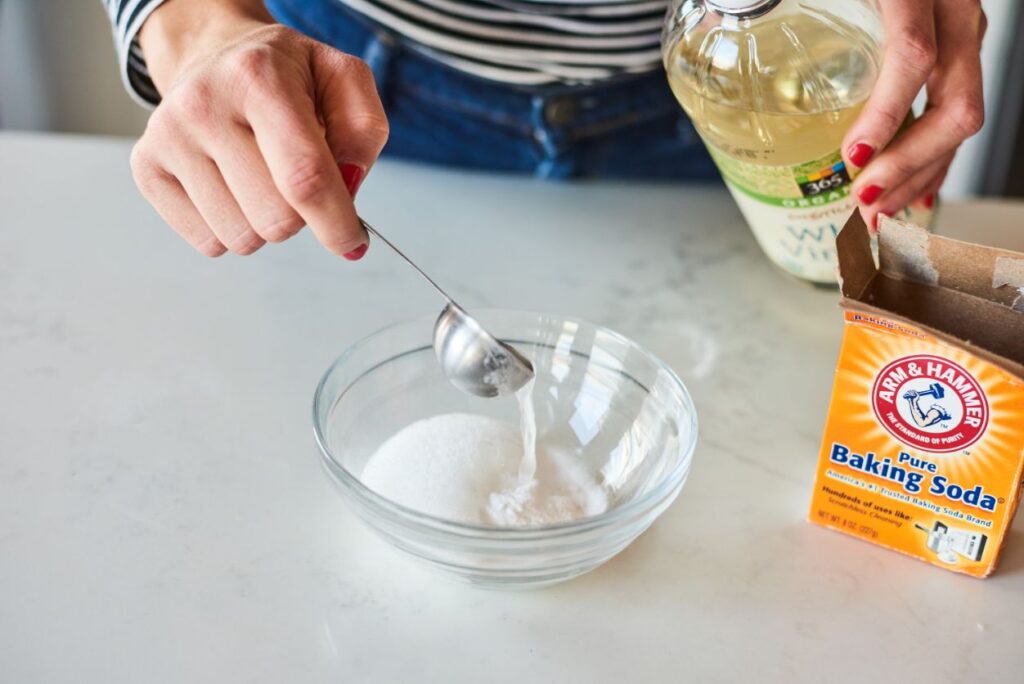
Using vinegar to kill and prevent mold growth on porous or nonporous walls is a very safe and effective method. According to studies, white vinegar kills 82 percent of mold spores. It reportedly penetrates porous materials and kills the mold at the roots.
Undiluted white distilled vinegar should be added to a spray bottle. Vinegar should be sprayed on the wall, then left for an hour. After that, use a sponge and warm water to clean the area.
It might be necessary to scrub the mold after cleaning the wall with vinegar. You should prepare a baking soda solution for this, as per our recommendation.
You can use baking soda as a natural disinfectant to get rid of mold. Additionally, it deodorizes and aids in eliminating the musty, damp smell brought on by mold. It also absorbs moisture, which helps to prevent the growth of mold.
Two cups of water and one teaspoon of baking soda should be combined in a spray bottle and shaken well to create a baking soda solution. Use a scouring pad or scrub brush to remove the mold after spraying the affected area with the solution.
After that, give the area a warm water rinse to get rid of any remaining mold on the surface. To ensure all the mold is eliminated, spray the wall once more with vinegar or baking soda solution.
Tea Tree Oil
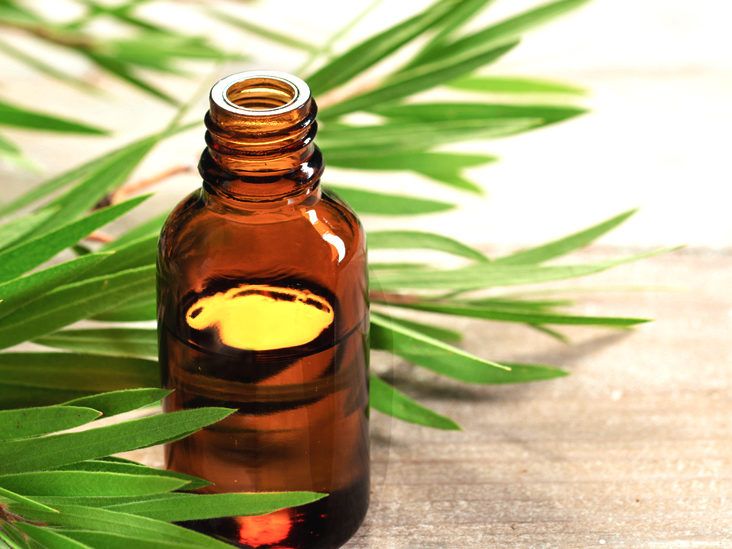
Tea tree essential oil has antifungal and antibacterial properties making it a highly effective treatment for getting rid of mold. Start by mixing two cups of water and one teaspoon of tea tree oil in a spray bottle. Spray the remedy on the moldy area, then wipe it off with a fresh cloth.
Rinsing is unnecessary because the tea tree oil will kill the mold and keep it from growing back if you leave it on the surface. Mold and mildew on painted and wallpapered walls should be removed using this technique.
Grapefruit Seed Extract
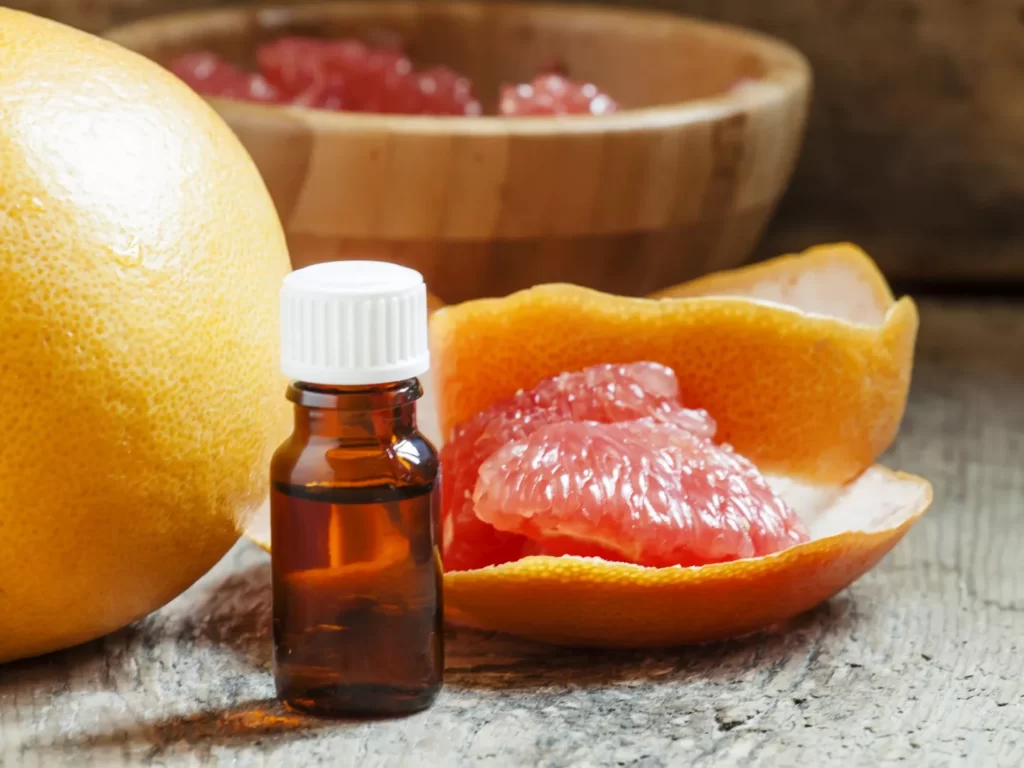
Another extremely powerful natural mold remover is grapefruit seed extract. The grapefruit’s citric acid attacks and naturally destroys mold. Additionally, it serves as a deodorizer and disinfectant.
10 drops of grapefruit seed extract to 1 cup of water will yield a solution that can be made into a spray bottle. Spray the mixture onto the troublesome area after thoroughly combining it in the bottle. Once the solution and mold have been present for a while, remove them with a clean cloth.
In order to completely eradicate the mold and prevent future growth, the grapefruit seed extract should be applied for a longer period of time. To keep it from growing back, you might want to repeat this procedure every two to three days.
Bleach
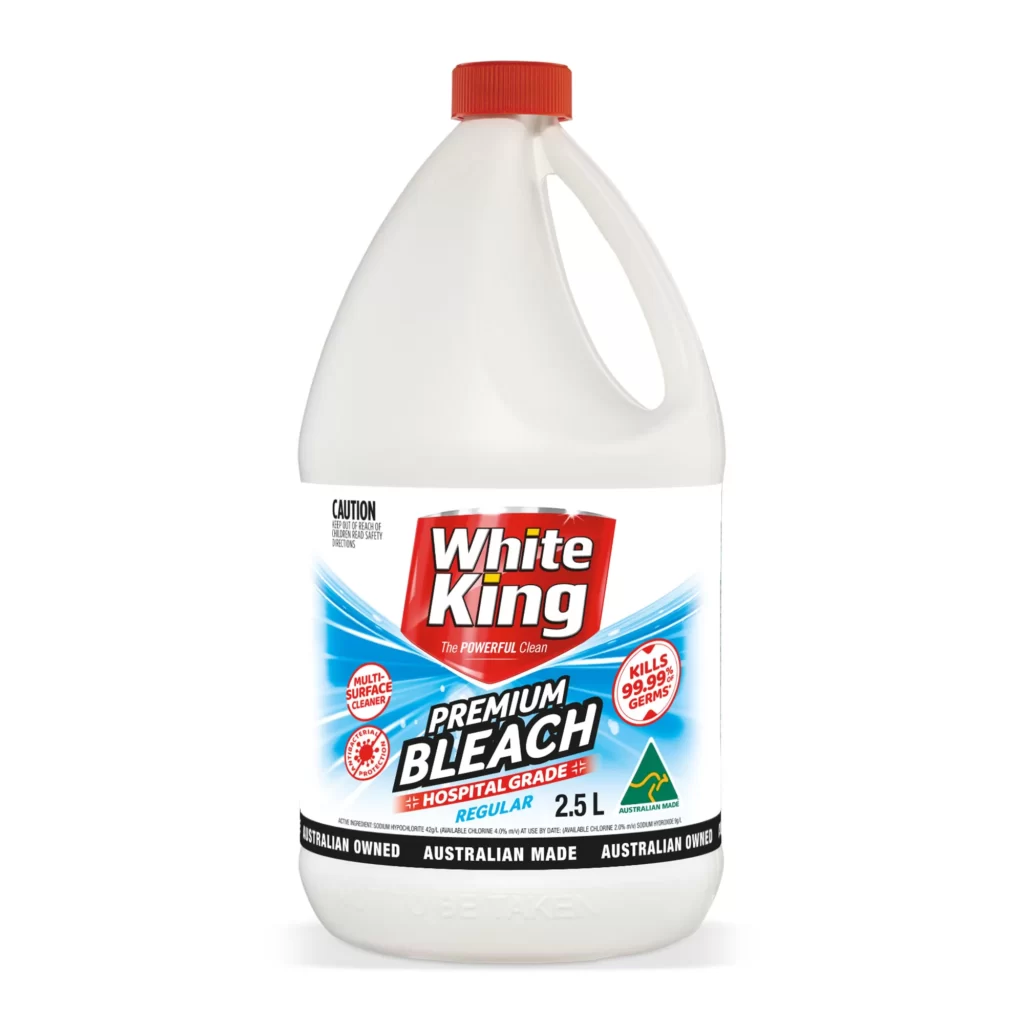
Mold on non-porous walls can be killed with bleach. On porous surfaces, it won’t be able to get through and kill the roots. However, make sure to test some of the bleach solutions on a discrete area of the wall before you start cleaning. This makes sure that the finish won’t be harmed.
To treat the wall, you must apply a solution made by combining one part bleach with three parts water. After waiting 10 minutes, use a brush to scrub the mold. Clean the area with a damp cloth after rinsing it with water.
Hydrogen Peroxide and Vinegar
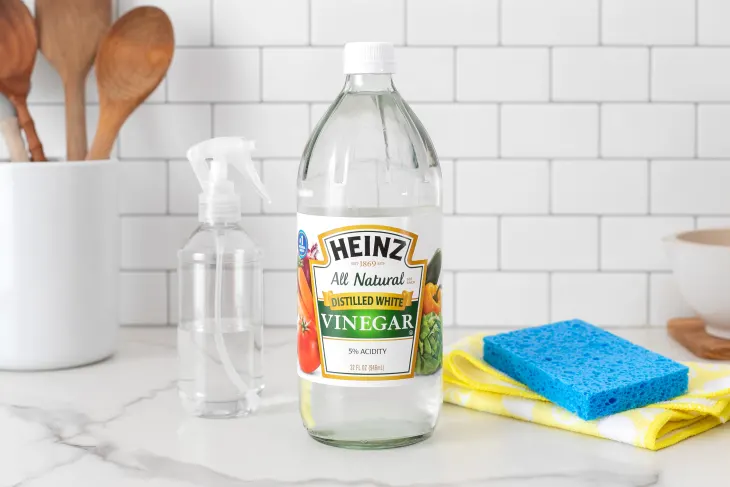
Hydrogen peroxide is anti-fungal, antiviral, and antibacterial — excellent for killing mold. Hydrogen peroxide strengthens and safely kills molds in a solution when combined with distilled white vinegar. It doesn’t release toxic fumes or leave behind a toxic residue like bleach does.
Furthermore, its effervescent qualities make it superior to bleach in terms of killing mold on porous surfaces. On porous and non-porous walls, hydrogen peroxide can be used.
Spray the affected area with hydrogen peroxide with a three percent concentration, straight from the bottle. After leaving it on the surface for 10 to 15 minutes, use a brush to scrub the walls to get rid of the mold.
Hiring a Mold Removal Expert
The EPA advises hiring a professional to remove mold from your home’s walls if there is a significant amount. However, they insist that you must make sure the contractor is licensed, covered by insurance, and specially trained in mold remediation.
There is a remediation process that mold removal experts will follow. They usually start by gathering samples and testing them to determine which mold it is. After determining the extent of your problem, they will develop a strategy to completely eradicate mold from your property.
The removal of the mold will then start. Finally, they will conduct tests and produce a clearance report.
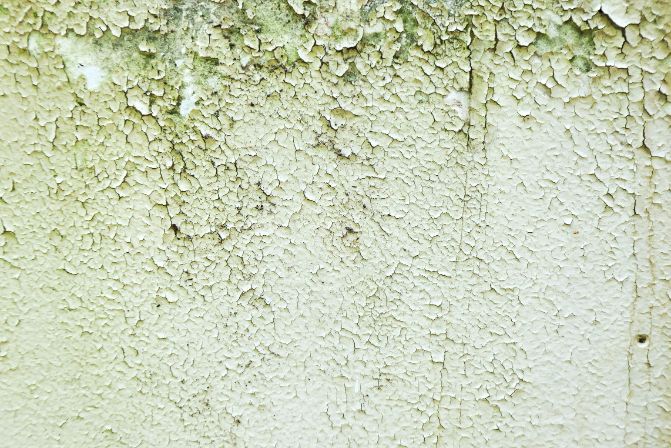
Tips for Preventing Mold on Walls
Once you’re done removing mold from walls, keep those surfaces looking good with a few preventive measures:
- Any spills or puddles should be cleaned up right away.
- Allow the bathroom window or door to remain open for at least 20 minutes after taking a shower or bath to help reduce humidity.
- Plumbing leaks should be watched out for. The majority of molds only require 24 to 48 hours of moisture to begin spreading their spores, and the longer leaks go unattended, the greater the likelihood of developing black mold.
- To quickly dry wet towels, hang them.
- If at all possible, take a shower with the bathroom door open to prevent condensation from accumulating inside the small room.
- If you live in an area that gets a lot of humidity, place a desiccant canister that absorbs moisture in a bathroom corner. These canisters typically contain salt or silica gel.
- Shower doors and walls should be squeegeed each time. Your shower or bath will be less likely to develop mold on the walls the dryer it is. (Additional benefit: You’ll likely experience less soap scum accumulation and hard water buildup.)
- Mold-resistant paint should be used when painting or remodeling a bathroom or other area that is prone to mold.
- Using bleach, vinegar, or a professional surface mold cleaner, clean the bathroom once a week. In order to remove mold spores, don’t forget to scrub the undersides of shampoo and shower gel bottles.
Five Most Common Causes of Mold Growth
Water at the foundation, flooding, leaks in the roof, leaks in the pipes, and inadequate humidity and ventilation are the five most typical causes of mold.
Water in the Foundation
Be on the lookout for water accumulation near the foundation of your home. If there is a lot of water, this could cause issues with the foundation of your home. By sloping your yard away from your home’s foundation, you can stop rainwater from collecting there. In the same vein, wet basements are another offender.
Basements typically don’t have good ventilation. This suggests that basements may have higher levels of humidity or moisture than other rooms in the house. The fact that basements are frequently colder means that more condensation happens, which contributes to basement humidity.
Flooding
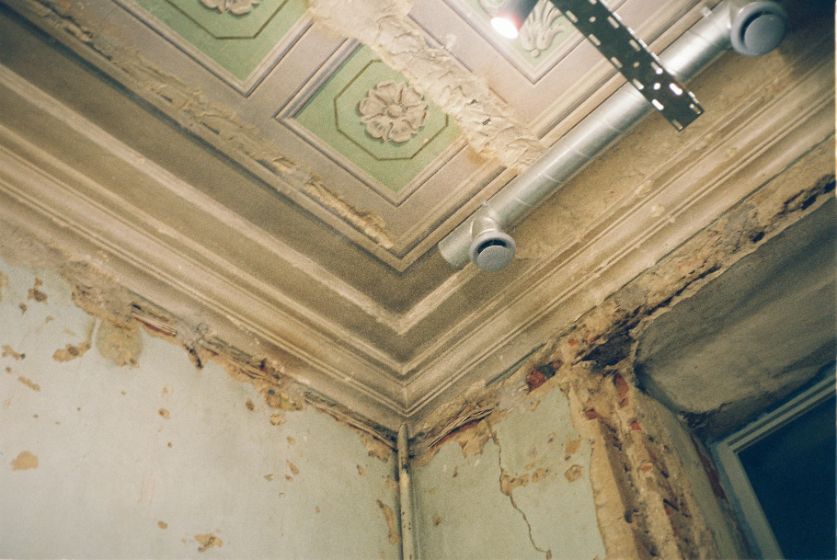
Another reason for mold is flooding. If your home has experienced flooding, mold removal issues can be difficult to avoid. It might take some time for your home to dry out after it has been wet. Drying your home could take several weeks. This indicates that there is a significant chance for the growth of mold. Keep in mind that mold can start growing in just twenty-four hours.
A Leaking Roof
Leaks in the roof, such as pipes dripping in the attic, might not be noticed until the mold has already spread. Consistently inspect your attic for any leaks to make sure it’s in top shape. Watch out for water stains, especially on the ceiling next to the attic.
Pipes Leaking
Mold most frequently grows as a result of water leaking from a pipe. The worst leaks are those that are hidden, like those inside walls or those that are above ceilings. Hidden leaks allow mold to fester and possibly spread.
Poor Humidity
A home with poor ventilation poses a mold risk. When ventilation is inadequate, pockets of moist, stagnant air are created, which will favor the growth of mold. Humidity is produced by steam and water evaporation. For it to circulate outside, a balanced moisture level must be maintained.
Keep in mind that mold can only grow in specific environments. Time for growth, humidity, water leaks, or any other source of moisture, warmth, darkness, a food source like cotton, drywall, or wood, and mold spores are all examples of what this means.
Signs of Mold Growth
Mold growth that is dangerously extensive can occur in the home. The cause is that certain mold species produce mycotoxin, which can cause headaches, breathing issues, and even neurological damage.
Sneezing, a runny nose, and an offensive odor are some additional symptoms that could exist. There are other, more subdued mold-related signs in your house. One of the signs of mold is a bad odor coming from your HVAC unit or air conditioner.
Mold is most commonly found in stand-alone air conditioners.
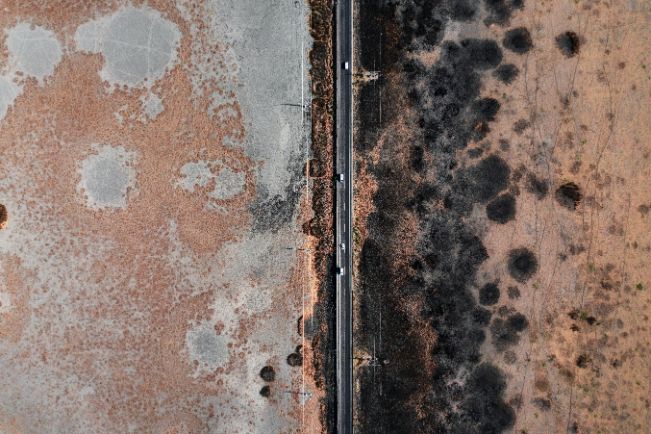
When not in use, they are frequently exposed to warmer temperatures and are dark, wet, and damp. Mold growth is also more likely to occur when an air conditioner is placed in a heated basement or closet during the winter.
Know Your Mold and Mildew
Everywhere there is a lot of moisture, mold can grow in your home, especially if it is left there for a long time. When moisture control in a home is subpar, mold frequently develops on the walls, ceilings, and floors. Mold especially enjoys living in places like shower walls, windowsills, and basements.
For all intents and purposes, mildew and mold are interchangeable terms; mildew is a general term used to describe a variety of minor mold issues that can occur in a home, like a mold on the grout between shower tiles.
However, if left unchecked, some molds can develop into extremely toxic organisms for humans. Mold can lead to allergic reactions, asthma attacks, and other respiratory issues. Young children, the elderly, people with pre-existing respiratory conditions, and people with compromised immune systems are particularly at risk for these complications.
In spite of the fact that mold can take on a variety of forms and hues, neither one reliably identifies the species of mold. It does, however, frequently manifest itself in a variety of shades of black, white, green, or blue as well as in numerous admixtures with other colors.
What is Black Mold?
Houses with excessive moisture damage to wallboard and other surfaces are frequently found to have black mold. Much is made of this type of mold’s “toxicity” but the mold itself isn’t harmful.
Depending on the specific species of mold, it does have the potential to produce mycotoxins that can be harmful to people and animals. A rule of thumb should be “use caution” when removing all molds, especially when in abundance.
What is White Mold?
In basements and other cool, moist areas, white mold is frequently found on walls and other building materials. Efflorescence, a mineral deposit that develops on masonry surfaces such as foundation walls and other masonry structures as a result of water seepage, is frequently confused with it.
Spraying it with water will help you determine if it is mold. It is a mineral deposit if it dissolves; if not, it is most likely white mold.
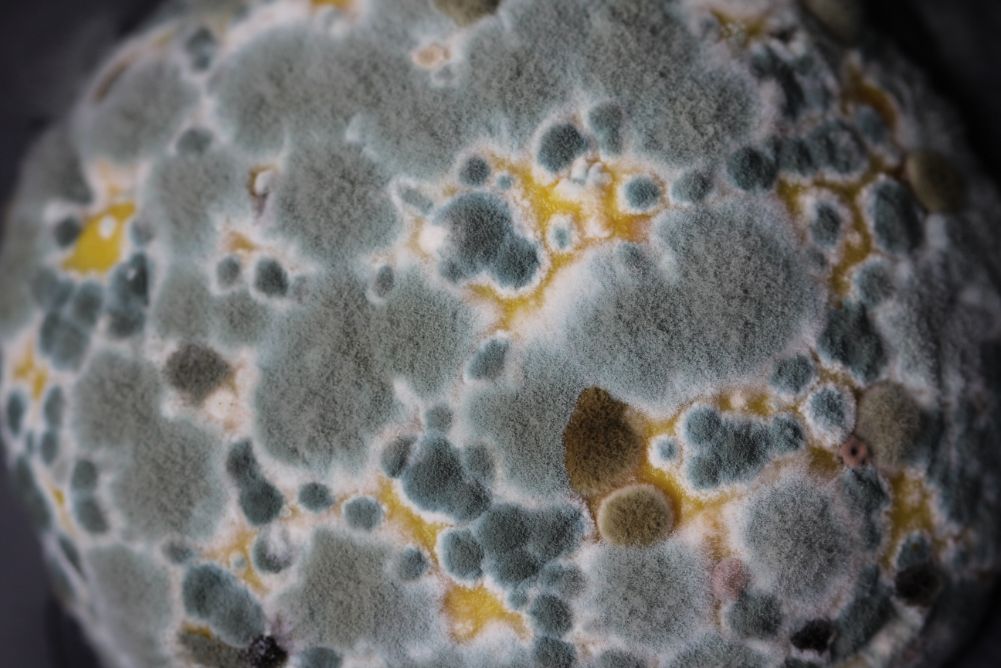
What is Blue Mold?
In damp areas of the home, such as on bathroom walls and ceilings, blue mold, a typical household color, may also develop. After lengthy, steamy showers, moisture can accumulate on walls, creating the ideal environment for this mold to grow.
What is Green Mold?
Similar to blue mold, green mold is very prevalent in homes and frequently manifests itself in damp areas like shower walls and damp corners. Like with most molds, green mold can be eliminated by scrubbing it away with a bleach solution.
FAQs
How Long Does It Take Mold to Make You Sick?
The length of time it takes for mold to make you ill varies by individual. Others get sick within a few hours, while some people have little to no reaction at all.
Can Opening Windows Reduce Mold?
By letting humid air escape the space, lowering the moisture levels, and preventing the growth of mold spores, opening windows can help prevent the growth of mold.
How Do You Get Rid of Mold in the Bathroom?
It can take some time and effort to remove mold from walls, but if you follow the instructions above, you can do it. You must take action to stop the mold from growing if you want to effectively remove it and keep it from recurring. The most crucial safety measure to take is to keep humid rooms as dry and airy as possible so that mold spores can’t establish a foothold.
Can You Ever Get Rid of Mold in Walls Completely?
With removal and prevention methods like those mentioned above, mold on surfaces can be permanently removed. Having said that, it might be necessary to remove the drywall or other material that has been contaminated by mold and patch it.
Mold cannot be removed by simply painting over it; you must first remove the mold and then paint the surface with mold-resistant paint.
Conclusion: Clean Walls, Clean Home
You must act immediately if you spot mold growing on your home’s walls to prevent it from spreading. It might result in issues with your property’s structural integrity and health.
Fixing the source of the issue is crucial if you want to stop mold growth. Then, based on the size of the affected area, you can either clean the mold yourself or hire a professional to do so.
It is best to delegate the mold removal process to a group of experts. Self-treatment could unnecessarily exacerbate your symptoms and any underlying conditions.




